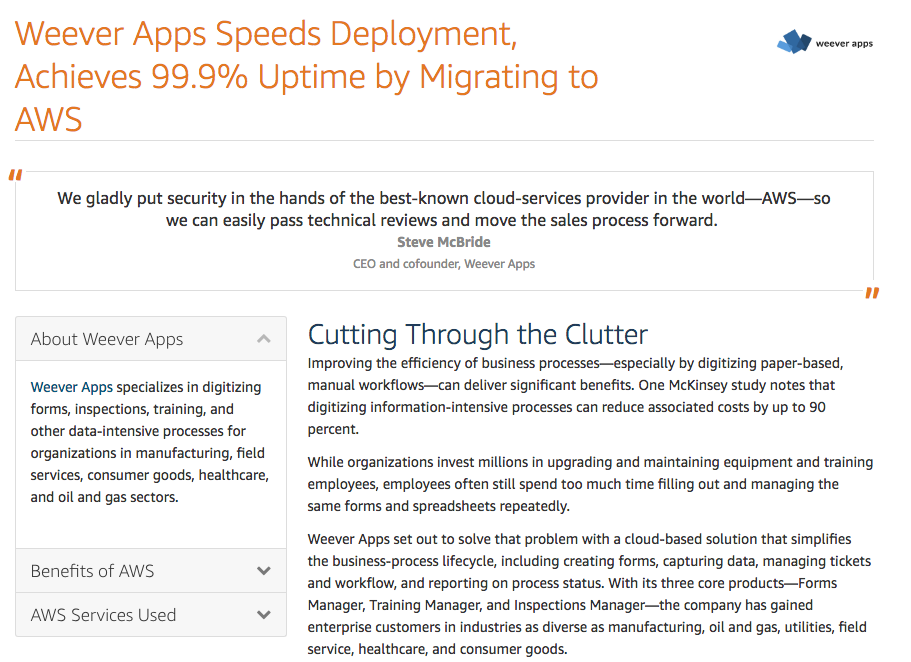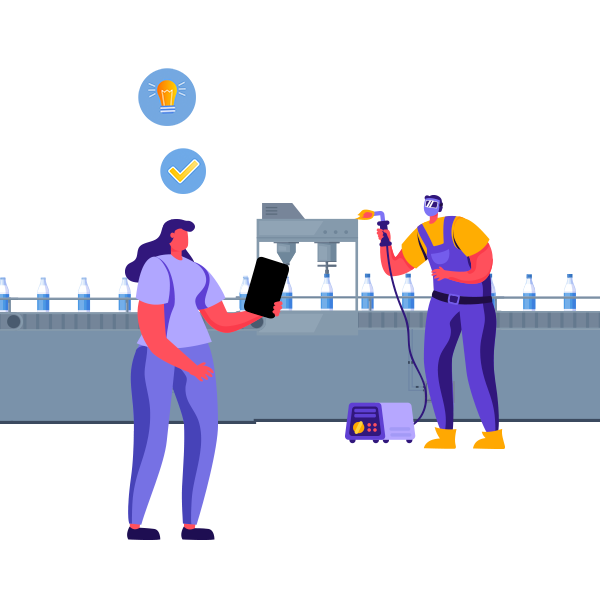How to stimulate positive change in your manufacturing facility during a pandemic.
3 tips for enhancing continuous improvement during COVID-19 and beyond.
COVID-19 is a global pandemic and there are signs that this virus may change the way we live and work into the future. Many of our customers are food manufacturers who are mandated to continue production. They are taking precautions to keep their staff as safe as possible including social distancing within the factory, handwashing and face protection.
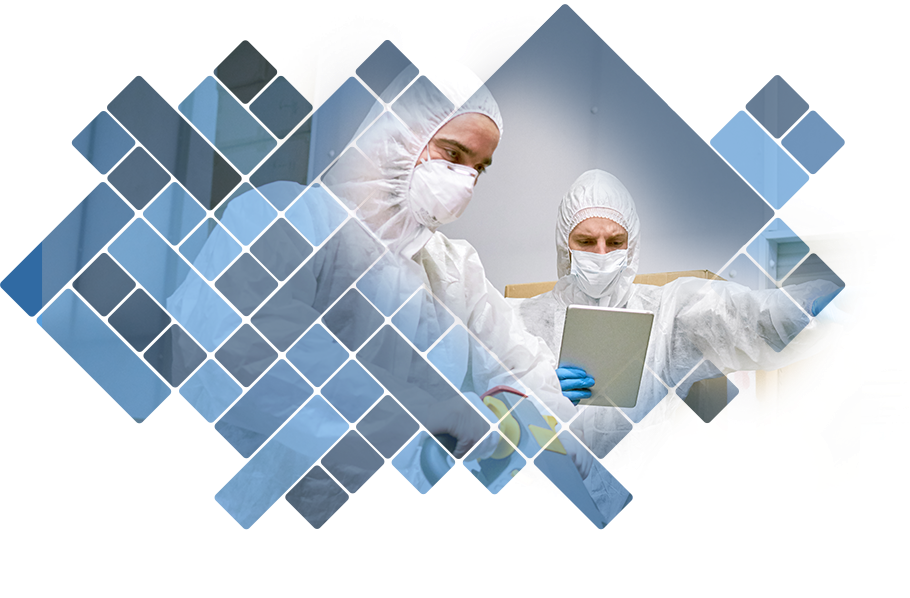
A crisis can promote fear and the associated “fight or flight” response. It is generally not a good practice to make decisions out of fear, in business and life in general. The “fight” response might lead to sporadic changes that are not very well thought out. The “flight” response might lead to abandoning continuous improvement as employees “keep their heads down” and do the minimum to get by.
However, many of our customers have embraced this global pandemic as an opportunity to create real, positive change within both their food production facility and life in general. A crisis can bring out the best in people. It can create a “pause” where people take stock of what is important and how they want to move forward differently.
This video “The Great Realization” by Tomfoolery is a wonderful illustration of how many are hopeful for the future and looking to transform the pandemic “lemon” into lemonade.
After all, necessity is the mother of invention. This crisis can provide a window of opportunity where staff are open to considering new possibilities and willing to make their voices heard.
Here are 3 quick suggestions for turning this crisis into an opportunity to create sustainable, positive change for your staff and your organization.
1) Focus everyone on a mission
During a crisis, things can get out of control quickly. Many people have to work independently and cannot wait around for instructions from leadership. As a result, a mission directive during a crisis helps to ensure workers are cooperating and collaborating without requiring constant direction.
A spectacular case of this happening was studied in the case of Toyota’s 1997 Aisin fire, when one supplier plant producing one critical component burned to the ground. Lean critics thought just-in-time would prove a failure because of the low inventory, but the Toyota group restarted production in record time. An in-depth study of the event showed that the astonishing recovery was achieved by the loose cooperation of six main suppliers and a total of about 150 independent firms. The surprise of the study is that there was no central command, but deep independent cooperation based on relationships and problem-solving habits.
2) Listen to your employees
The current mission for most of our customers is something like to maintain OEE and production while keeping people as safe as possible.
How this mission gets translated to your specific environment is unique and your staff might be able to provide valuable insights that help optimize production and safety.
Staff understand the nuances of their roles. If prompted, they can provide quick and intuitive insights into subtle changes that could be made to keep them safer while not disrupting production KPIs.
Also, people are much more likely to buyin to changes if they have been consulted. Suggestions and quick kaizens may prove to be the quickest way to not only implement changes but also the best way to ensure adoption.
A digital suggestions box can help to ensure your staff feel heard and valued during these uncertain times. They can receive rewards for making suggestions. They can also track their progress and witness them turn into real, meaningful changes for people and the organization.
3) Digitize Collaboration
Social distancing may result in staff not connecting at all, which can have disastrous consequences for continuous improvement. Staff may begin to just do what is required of them and not take on additional responsibilities. This risk is especially high if your facility still uses old fashioned paper forms to collect production, safety, maintenance and quality data.
Digital transformation allows staff to collect information in a digital format, which makes for more efficient reporting and workflow management.
Staff can also collaborate using a tablet, for example, on the line, as opposed to getting close to one another to discuss potential solutions. You can also use automated reports to share KPIs, project statuses and facilitate shift huddles.
Related blog posts by Weever
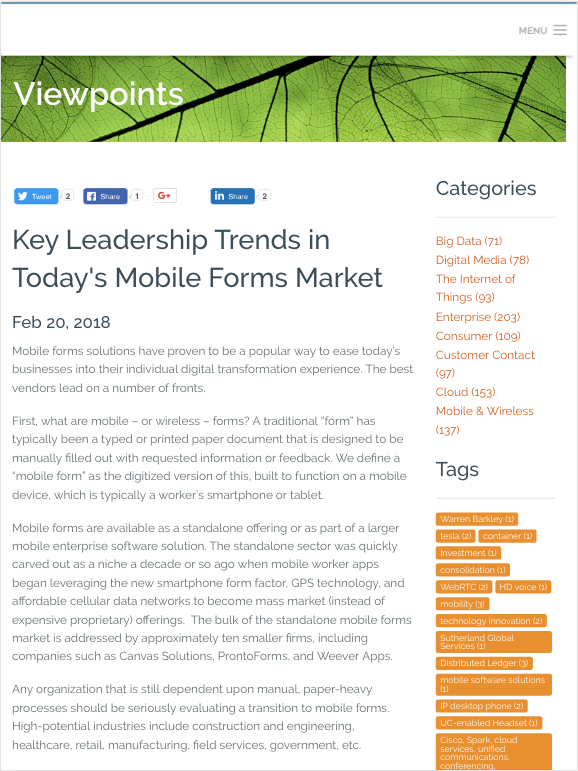
Key Leadership Trends in Today’s Mobile Forms Market
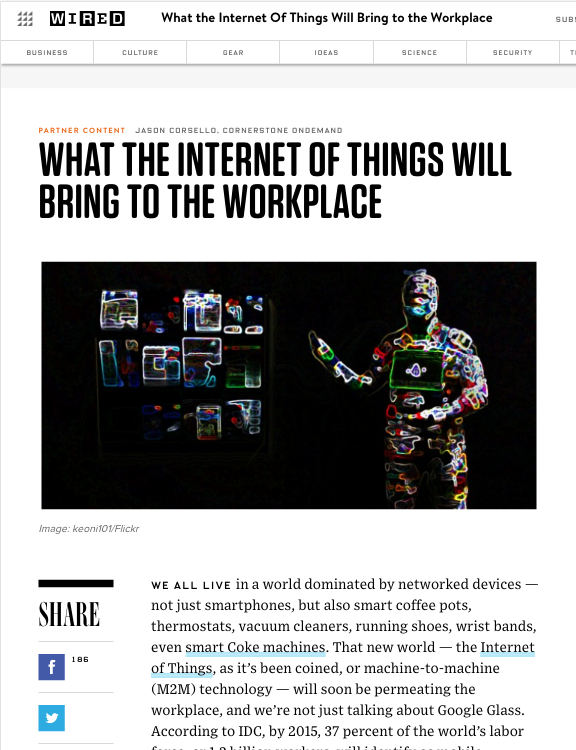
What the Internet Of Things Will Bring to the Workplace
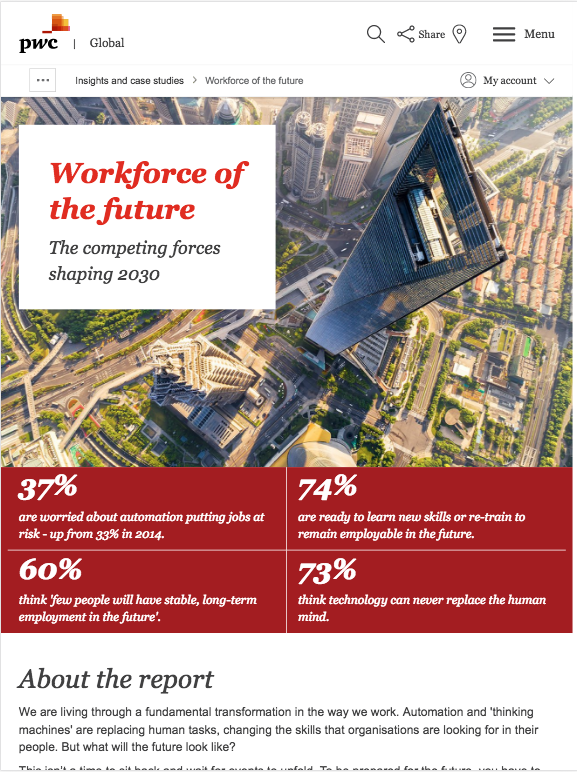
Workforce of the future

27 Stats about Digital Workplace Transformation

How Executives Around The World View Industry 4.0
